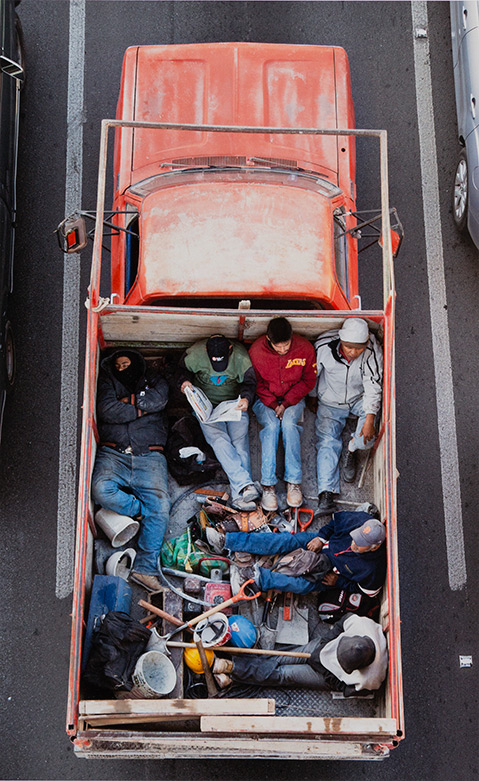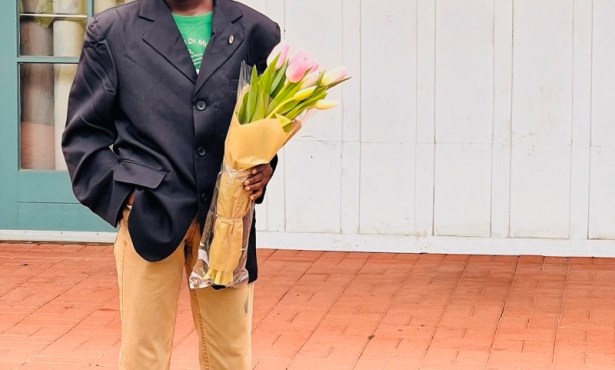‘Looking In, Looking Out: Latin American Photography’ at SBMA
Images of Latin America from the Museum’s Permanent Collection

A good photography survey exhibit explores the medium and its function in society simultaneously. For Looking In, Looking Out, Karen Sinsheimer selected 47 works that were created since the 1930s by artists living and working in Cuba, Brazil, Mexico, Guatemala, Colombia, and other nations. All the photos are from the Santa Barbara Museum of Art’s extensive and significant holdings in Latin American photography, and, in fulfillment of the title’s promise, they allow us to look inward at how these artists think and feel, and outward at what they find when they point their lenses at Latin American life. Thanks to the myriad uses for photography outside gallery walls and to the innovations of photography’s fine art practitioners, the medium never stands still. Documentary and aesthetic objectives merge in these photos, resulting in a sense of a shared practice that nevertheless encompasses a multitude of styles and subjects. Without adhering to a single identifiable school, the images in Looking In, Looking Out evoke an identifiable and coherent point of view.
The first thing to know about this shared perspective is that the photographers never forget to connect people to the land. In Juan Carlos Coppel’s “Sin título” (2014) from the series Siete cerros, the wide-open spaces of an agricultural site in Mexico render humans, their tools, and even their vehicles as tiny specks on a long and distant flat horizon line, making it appear as though civilization is a thin layer of glue attaching the land to the sky. “Carpoolers,” a color photo taken by Alejandro Cartagena from a bridge over the highway in Monterrey, Mexico, shows workers sprawled out in the back of a pickup truck. Again, through a change in perspective, the human figure is redefined — and re-humanized — in relation to the earth below.

Another powerful current flowing through the collective consciousness on display is one that cultivates the transcendence in everyday objects. Erika Diettes submerges garments that once belonged to Colombian citizens who have “disappeared” during that country’s political upheaval. Her crisp color images capture the sensuality of bright cloth, moving water, and the light that flashes through it, all the while asserting the poignant absence of the humans who once wore the clothes, many of them presumably drowned in these same turbulent rivers.
Looking backward in time at the earlier images in the show, it’s easy to see that lyricism has long been a palpable part of the tradition embodied by such modernist black-and-white photography pioneers as Manuel Álvarez Bravo and Raúl Corrales. It’s heartening to see that the SBMA owns an image that’s at once as iconic and as humble as Alvarez Bravo’s “Dog Number 20” from 1958. Likewise, it’s hard to imagine a more pure display of the black-and-white photographer’s art than Corrales’s magnificent “La atarraya” circa 1950. In the picture, a lone fisherman from the village of Cojimar, Cuba, where Hemingway found his “old man,” flings a white net, its light fabric floating improbably far into the air. The simplicity of the fisherman’s gesture underscores the sense of something miraculous in the flowing spread of his net. As with the photographer’s finger on the shutter button, there’s a deep connection between the precise moment of human action and something larger that emanates from it.



